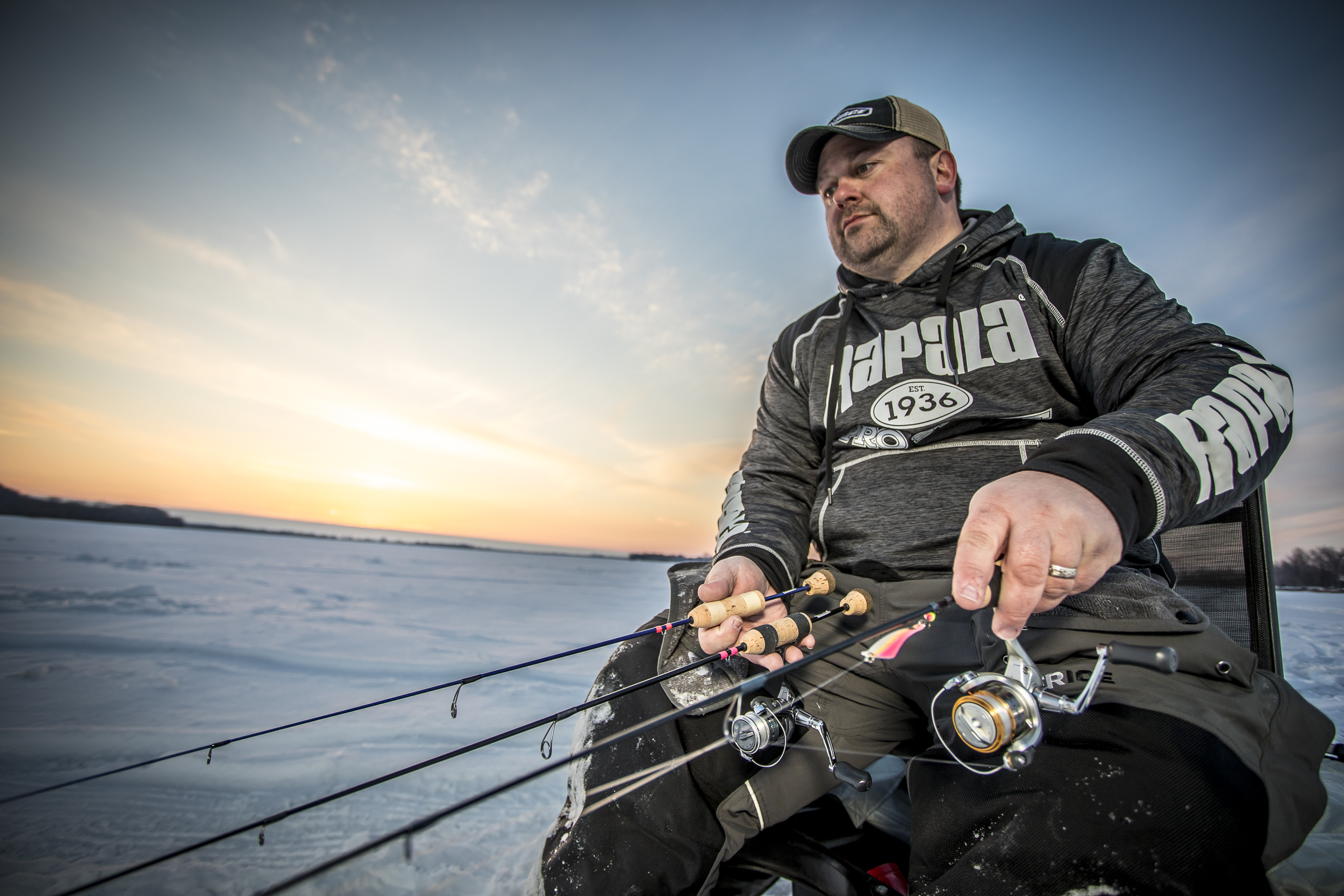John Steinhauer asks:
Hey Joel finally making my first trip to Lake of the woods ice fishing. For a few days. Going out of Arneson's, any pointers or must have lures? I've only ever been there for the spring sturgeon bite before so an absolute first for me.
Thanks for the question John. In a phrase, fish loud and proud. One person should be trying to attract fish in at all times with blade baits, rippin' raps, slab raps, etc. VMC rattle spoons work well as a slightly more subtle, yet still noise-making approach.
Two colors, gold and glow red have accounted for most of the fish I've ever taken up there, with a gold perch color being a close second to those.
Fish aggressively to draw them in, and make sure to have setlines with free swimming shiners and more subtle jigging presentations too. When I know I can't be roaming the open ice to go to the fish, I do my best to draw them from distance to me. The added benefit to being stationary is that you can provide a virtual buffet of baits, colors, and sizes to them, helping you get closer and closer to cracking the code of the day.
Enjoy it!
Joel







